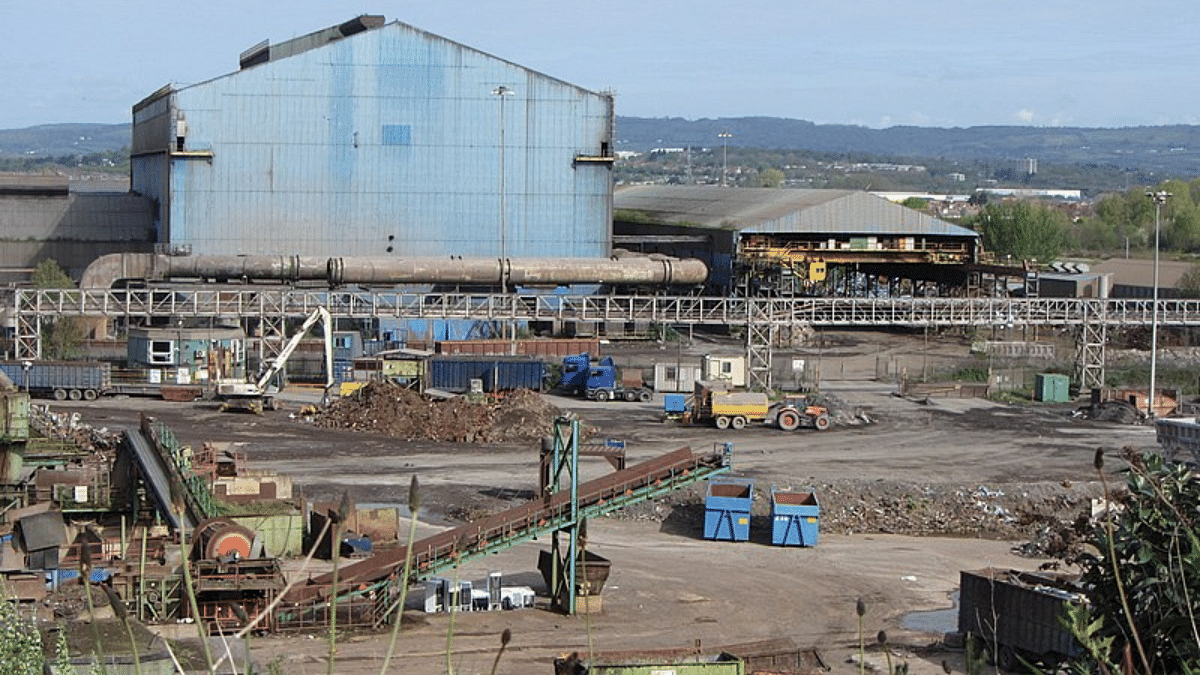We believe that these policies will result in the deglobalization of scrap trade, which presents an opportunity for a plethora of new scrap processing capacity.
2. Vertical integration and consolidation: closing the loop
Secondary raw material feed is scarce, trade is being disrupted and prices are volatile. There is also increased environmental, social and governance oversight in the sector, which means building new recycling capacity can be challenging despite its obvious credentials as a sustainable, low-carbon raw material source.
The best way to ensure consistent supply, quality and compliance is by owning larger segments of the value chain. However, manufacturers don’t necessarily want to be metal processors and metal processors don’t want to be scrap collectors.
There is an opportunity for new business models and innovative approaches to recycling and manufacturing. A recent transaction by Rio Tinto is a good example. A mining company at its roots, Rio Tinto’s acquisition of a 50% stake in Matalco, a major producer of recycled aluminium billet, provides it with access to upstream scrap yards across North America, securing low carbon supply.
Nascent markets, such as Electric Vehicle (EV) lithium-ion batteries, are a blank canvas in terms of market development. That presents an opportunity for innovation to emerge and close the loop.
“New regulations, trade tariffs and carbon policies will affect the cost and value of scrap.”
— Nick Pickens, Research Director, Metals & Mining | Julian Kettle, Vice Chairman, Metals & Mining
3. Alleviating tight scrap supply
Demand for secondary feed could mean tighter scrap supply unless recycling rates and utilization improve. Legislation on minimum recycled content, meanwhile, will spur demand for higher-grade material, in particular.
Recycling rates in different end-use sectors and jurisdictions vary widely. In aluminium, packaging recycling rates for used beverage cans vary from 45% in the United States to 90% in Brazil.
In copper, the electro-deposited foil manufacturing process (for foil used in EV batteries) mostly uses high-grade scrap, using clean, pure copper wire or wire rod chopped ends. As more electro-deposited foil plants are set up, competition for copper scrap will intensify.
The landscape will be shaped by how quickly and efficiently the rising pool of scrap can be mobilized through collection, sorting and processing into end-use products.
4. A revolution in recycling technology
In many mature markets, low-grade scrap is the marginal supply. Higher-cost production provides market elasticity when primary supply is tight. Technology advancements will be needed to unlock larger volumes at a lower incentive price.
Advancements in recycling technologies are already enhancing the efficiency and quality of scrap metal processing. Innovations in sensing, sorting and separation techniques are improving recovery rates and reducing waste for end-of-life products.
Digitalization and data analytics are also playing a significant role in optimizing operations and improving material tracking in the scrap metal value chain.
5. Disruption to pricing mechanisms
Global pricing mechanisms for secondary materials function like many other differentiated commodities. Price discovery is generally via price reporting agencies. The London Metal Exchange has a steel scrap futures market but none of the mechanisms are particularly transparent and there are opportunities here for traders and market participants.
Scrap metal pricing is usually based on the underlying primary metal price. So, smelters, refineries and semi-manufacturers pay a discount to the value of the contained metal. These discounts change depending on the regional supply-demand fundamentals of the scrap and primary metal.
New regulations, trade tariffs and carbon policies will affect the cost and value of scrap. Carbon prices and border adjustment mechanisms will help the underutilized scrap pool become more economical. We may see the breakdown of historical relationships between scrap, primary and utilization. Consumers’ willingness to pay for green premia will be important, as some recyclers rely on it to keep their facilities profitable.
This article previously appeared in the World Economic Forum.

